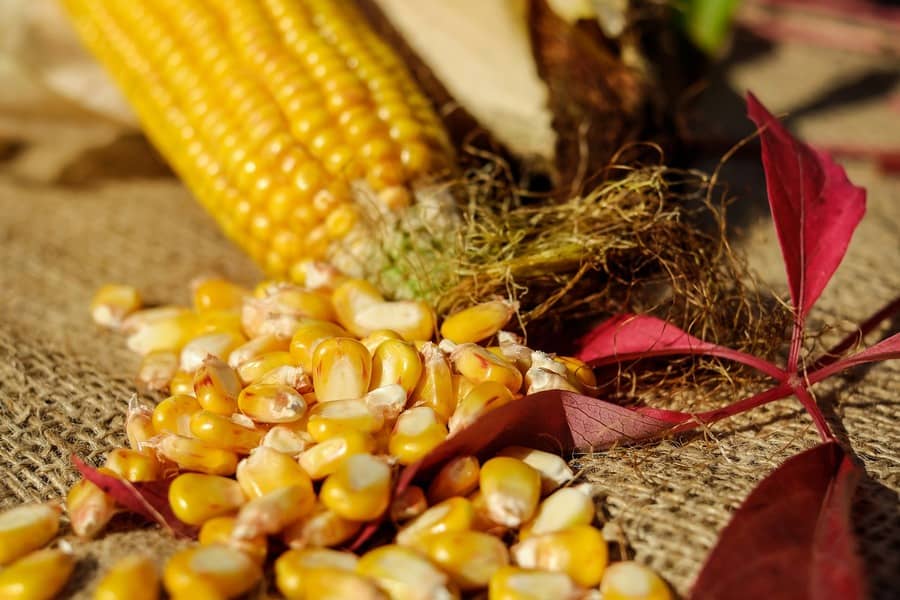Porto Alegre, August 3, 2021 – The domestic corn market should be seasonally moving towards port price levels. A second crop of 80 million tons would bring us an urgent need for exports. However, the second crop has historic losses, and most good quality corn supply comes from Mato Grosso, whose harvest in nearly 70% complete, with almost 60% of its corn stocks sold. The consumer market adopts proactive measures amid the exaggerations that are advertised in the media and that distort the corn context to growers. As Argentine corn begins to be made viable for some regions, some companies are trying to adopt imports as their supply alternative.
One piece of information is quite evident in the entire Brazilian domestic market: production losses are only being confirmed as the harvest moves forward. The harvest in Mato Grosso is close to 70% complete and must be finished up to August 20. The other states have difficulty with still too high grain moisture and the time to claim for crop insurance and contract renegotiation.
The other piece of information is that exports are going on despite the high volume of washouts already carried out in the domestic market. The partial balance for July already shows 2.6 million tons shipped. August starts with 2.5 million tons scheduled for shipment. This year accumulates 6.3 million tons. Therefore, to reach the annual target of 20 million tons, only 14 million tons would need to be shipped between September and January. If the volume stays at 18 or 19 million tons, the effect on the market does not change. It is important to remember that Mato Grosso alone ships more than 20 million tons a year and in 2021 Matopiba will likely set record-breaking shipments.
Finally, the inevitable action, among the alternatives to supply the domestic market until July 2022 is the search for imports. Regarding imported corn, we must consider that Brazil brings roughly 1.5 million tons a year from Paraguay. In 2021, the imports could outdo 2 million tons. But the second crop in Paraguay also suffered from the July frosts, and many contracts may not be fulfilled or renegotiated for 2022.
Therefore, an ‘easy’ source of imports for the Southern region is not available partly because of problems with crop losses and quality. At first, offers from trading companies ranged by BRL 88/90 plus ICMS for the South of the country. Trading companies have raised prices to 105 in new business. The corn origin is Mato Grosso, particularly, due to quality issues, since Paraná, Mato Grosso do Sul, and São Paulo have serious problems. From that point, consumers have begun to evaluate imports from Argentina.
In fact, this alternative had already been tried in the first semester, but the mathematics of cost has not been fully viable. Argentina now has relatively low prices compared to the rest of the world, at USD 235/245/FOB. However, the cost of loading and freight doubled from USD 25 to 42/48 a ton due to the low draft in Rosário in the Paraná River. Currently, the costs would be BRL 92/93 at the ports plus port expenses and internal costs. The use of ICMS and PIS/Cofins on imports is only viable in companies that operate with drawback.
The domestic market will look for imports as a natural and normal way to meet its demand and combat higher prices at this time. What must be paid attention to is what the media and brokerages put on the market and what is real. At the moment, we have 86,500 tons of Argentine corn scheduled for August for Brazil. This volume clearly does not resolve any internal situation in the short term, not the least because it is replacing second crop batches that would be received in internal contracts. The announcement of corn imports coming in 20 to 30 ships may actually be taking place, with unloading scheduled from August through April/22 and in the frame system. Maybe within two weeks, there are 40 ships coming.
The whole picture shows that the consumer sector is trying to equalize supply and also hold back price exaggerations. Some, without the slightest commitment to the market, talk about BRL 130, others say prices will return to BRL 80/90, that imports are very cheap or that the US crop will have historical losses too. Without a doubt, all these are extremes that do not collaborate with the reality of actions in the domestic market and distort the decisions of growers and consumers. Saying that the harvest will decrease prices seems like an analysis carried out by a trainee in his or her first year at a consulting firm, that is, obvious possible things. In fact, as we have evaluated, the news on imports continued to be strong and must be considered normal since there is a movement to drive growers to sales, and what will really weigh on the composition of the market is the reality of the data to emerge in the equation of exports versus imports.
Agência SAFRAS Latam
Copyright 2021 – Grupo CMA

